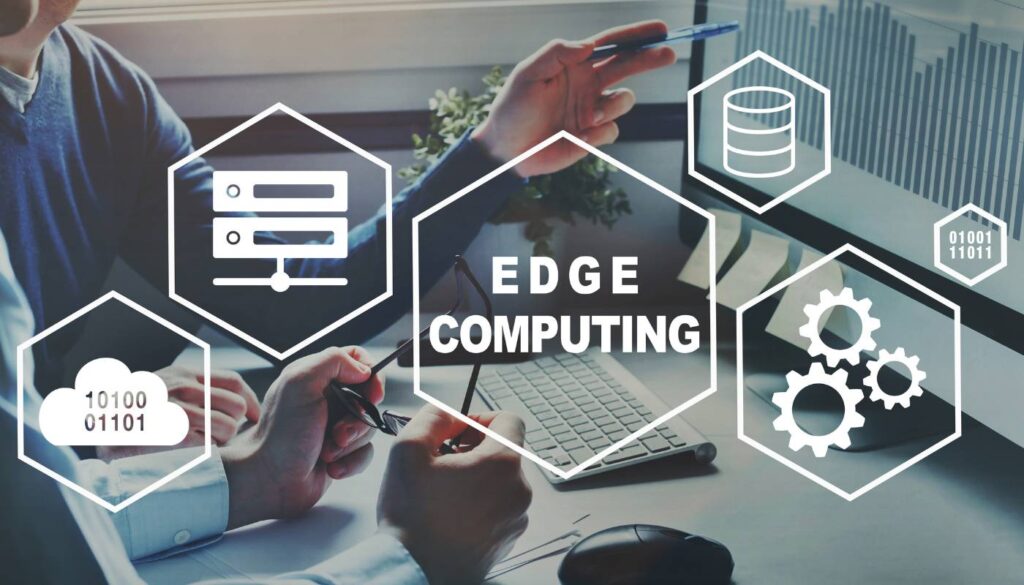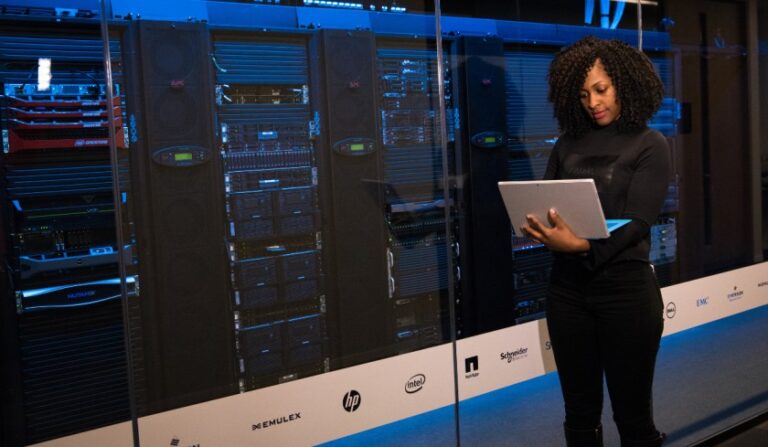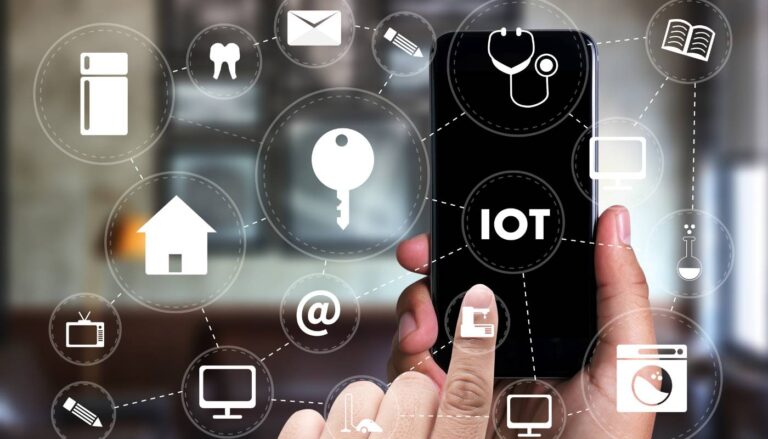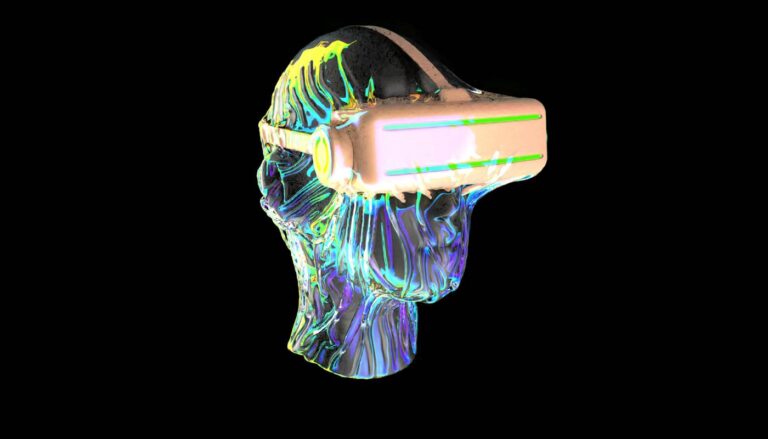Edge computing is changing the way we handle data, by essentially placing computing resources near to where the data is generated and consumed. Today in the world of IoT, AI, streaming data processing edge computing is one of the major technologies. This paper will delve into edge computing, examining its advantages and disadvantages, and how this system has the power to change the face of many industries.
What Is It?
Edge computing is the processing of data near a source or an origin without full reliance on a data center according to some. It speeds things up, cuts down on latency, and makes data handling much more efficient for the individual by placing computation closer to the source. This is quite different from the old way of cloud computing where data is shipped out to central servers for processing and analyzing.
The Advantages of Edge Computing
- Lower Latency: One of the main benefits of computing is that it has the possibility of lower latency. Processing data locally, however, can make responses much much faster, and performance much better, in applications where milliseconds could mean everything, like industrial controls, or self driving cars.
- Improved Bandwidth Efficiency: Bandwidth won’t be so clogged up anymore since it will process the data in a more distributed fashion. By only sending out the most important or summed up data rather than all of it, this will reduce the traffic in the network and the cost of operation.
- Organizations that can process this sensative data closer to the edge will be much more secure. It minimizes the chances of interception or breach because the data doesn’t have as far to travel on the network. it also provides more local security and control.
- Increased Reliability: Edge computing will increase the reliability of the system because it processes data locally. If the central cloud is only sporadically or even unreliably connected, the edge devices will still be able to function, and consequently the services.
Key Use Cases of Edge Computing
- IoT and Smart Cities: Edge computing is the silver bullet that solves both the iot apps problem and the smart city initiative problem with one stone. For example, with smart cities, computing enables real time processing of data from sensors and other devices spread throughout the city. This would allow for much better traffic control, energy savings, and improved police protection.
- An autonomous vehicle will only be able to process information in real time if computing is used. Vehicles are producing massive amounts of data from their sensors and cameras and with computing immediate analysis and decisions can be made-a necessity for safe and efficient autonomous driving.
- Healthcare: Edge computing in healthcare will allow for the treatment of patients with the use of real time medical data analysis. because wearable devices and remote monitoring systems can process health data from the edge, so that could mean faster responses, less latency in medical response.
- Industry 4.0 and Manufacturing: It empowers Industry 4.0 through the enabling of real-time monitoring and control of the manufacturing process. Because it can read information from machines and assembly lines where they are and make immediate changes and predictive maintenance to ensure there is no sort of down time.
Challenges
- Security and Privacy: It does make things much more secure in a lot of ways, but there is an entirely new host of problems. Most of the edge devices are located at remote sites. If security is not done right, then this will only open up more doors to weaknesses. It is extremely complicated to provide strong security for so many end points.
- Scalability: The administration of the computing fabric is very complex, and the scaling mechanisms around it can become very cumbersome. The higher the number of edge devices, the more difficult the administration and consistency of performance in their operations turn out to be.
- Existing system integration: It needs to be incorporated into the enterprise’s current IT infrastructure and systems and that will require planning. It is up to the organizations to ensure that these edge devices and central systems are in agreement with data consistency and integrity.
- Data Management: Speaking on the data management side, it relies on numerous sites that companies employ. It just adds to the burden of data governance and management with the amounts of data that has never been generated before at the edge.
The Future
Edge computing, which is the wave of the future, and it is continuously being developed to reach that next level. Many of the fads that will become the future and new innovations are:.
- 5G Integration: 5G network rollouts will only expand the reach of computing that much more. 5G is going to be low latency with high bandwidth, it will be much more powerful and much faster solutions, especially when real time data processing is required.
- AI and Machine Learning: And the incorporation of AI and machine learning with computing will lead to even more sophisticated autonomous systems. Or in layman’s terms, AI algorithms that can operate at the edge on a system that can process data locally and make “smart” decisions without having to access any cloud resources whatsoever.
- Integration of Edge-to-Cloud: The integration of computing with cloud computing would continue to grow closer. This type of hybrid models utilize edge-cloud integrations in the sense of flexibility, where they can play off their strengths to optimize performance and scalability.
- Standardization and Interoperability: The computing is going to expand and the community will require a great deal of standardization and interoperability between edge devices and platforms. Common standards would drive seamless communications and integration of different computing solutions.
Conclusion
Edge computing is rapidly altering the manner in which data is processed by placing computational power nearer to the points of origin. It’s advantages, delay reduction, bandwidth efficiency, increased security, improved reliability, make the technology indispensable in a variety of applications. Of course there are the security and scalability issues to be worked out, but with 5G, AI, and hybrid models, it is poised for a very bright future. As more companies utilize computing solutions, doors will be opened and rapid innovation in numerous industries will transform the way we consume data and the way we process it.
Seeking more informative articles? Business Vision Magazine is your go-to source.






